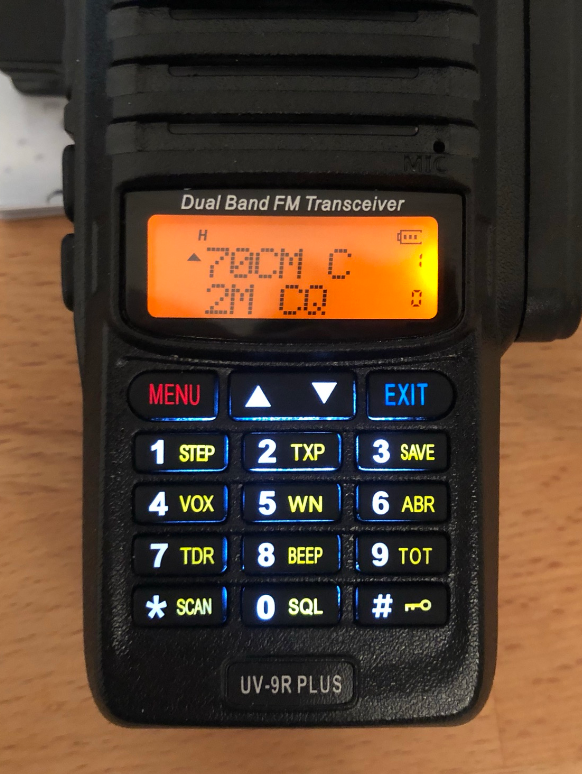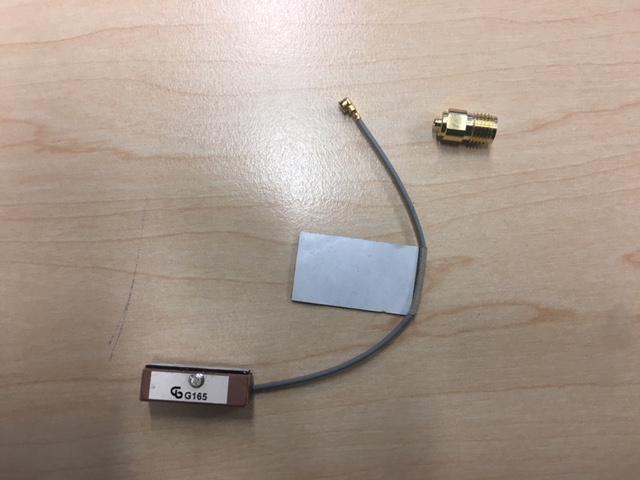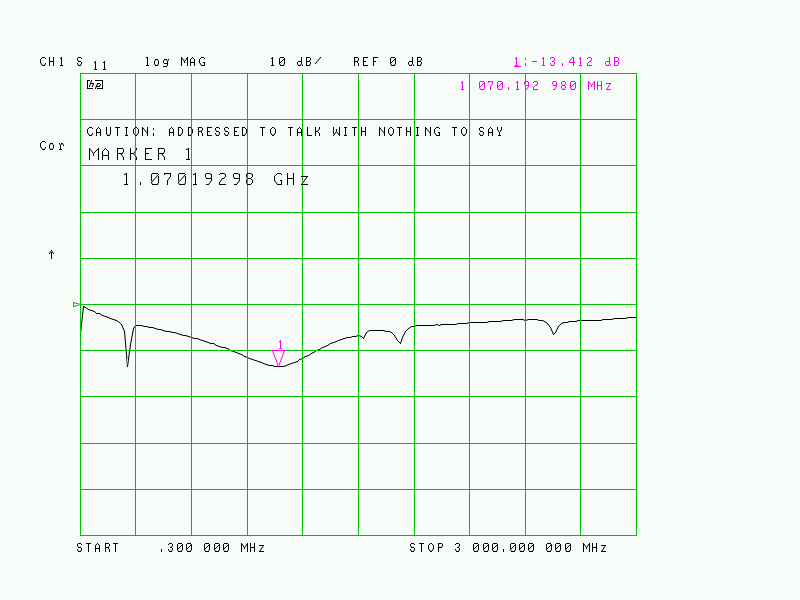Can be ordered from ebay / Aliexpress, cost ~40€. Unknown if this model is genuine Baofeng radio or some knock-off. There seem to be different versions of the UV-9R Plus, with different keyboard color (orange brim). Some seller’s advertised data (20W TX power, 10.000mAh battery capacity) seems pretty implausible. No UV-9, UV-9R+, or similar is listed on Baofeng’s website. Cheap programming cables (CH340 based) are available and work fine for me with Windows10. Due to the completely different “waterproof” interface equipment from the popular UV-5R can not be used (headphones, programming cable, etc). Comparable to UV-5R, no frequency / channel mode button. No dedicated VFO-A/B selection button (press “EXIT” button to switch between the two selected frequencies / channels)
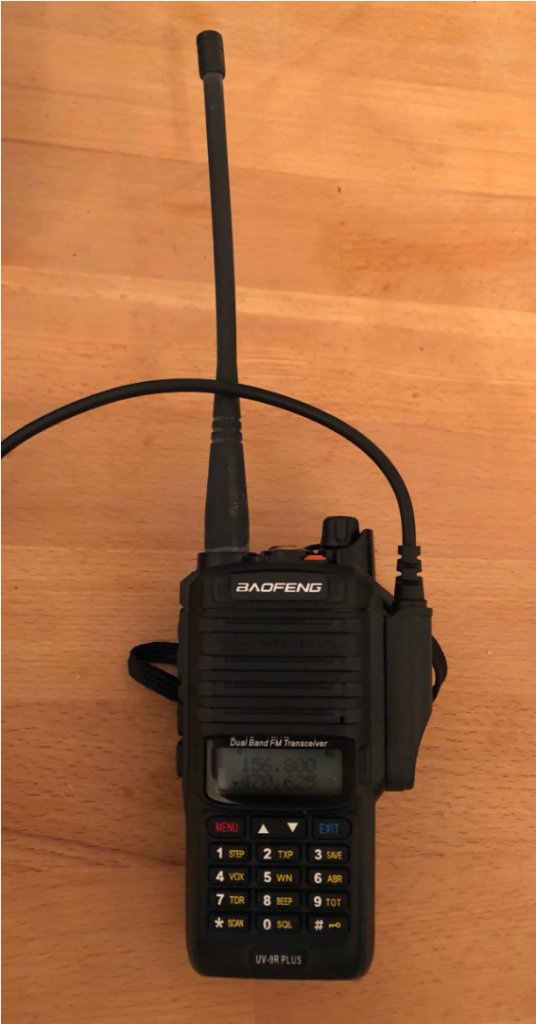
Programming
As of 11/2021 the popular free software “Chirp” can be used to program memory & settings of the UV-9R+. Selecting the “UV-9R” as radio model did not work properly. However, inputting “UV-82WP” solved the problem and let me program the channels with names and adapt necessary setting (power-up message, …)
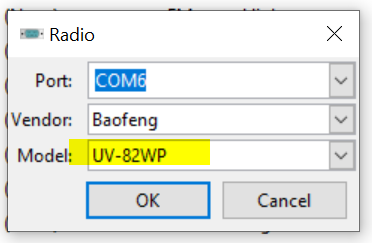
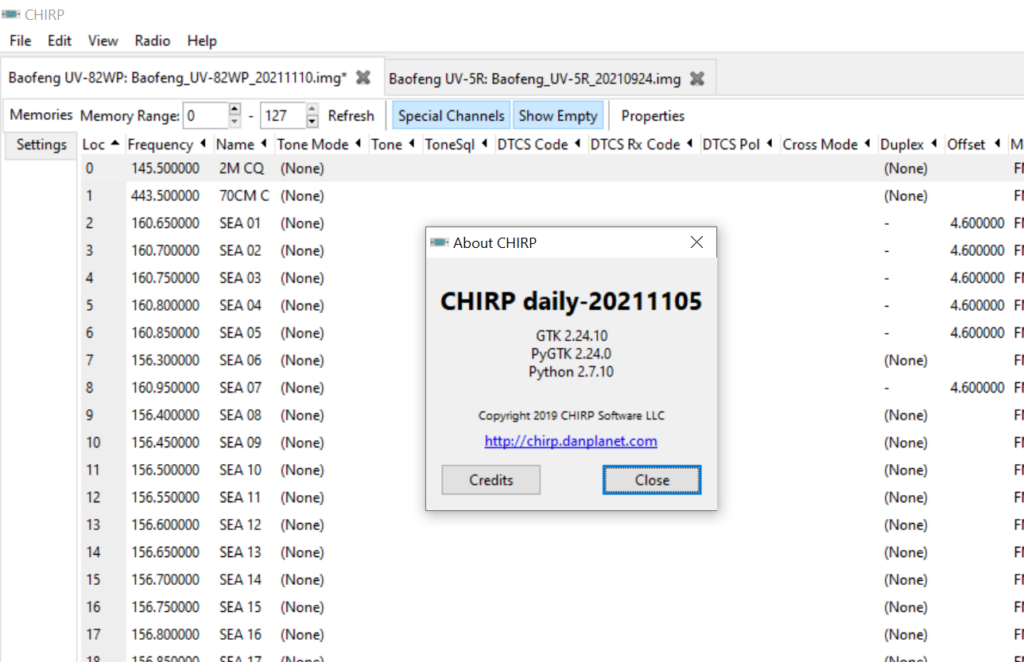
After switching the UV-9R+ to Channel Mode (switch off radio, hold “Menu”-button, switch on radio) I had to set “MDF-A” (upper display line, Menu-21) and “MDF-B” (lower display line, Menu-22) to the setting “NAME”. (Select “CH” for channel number and “FREQ” to display the frequency of the corresponding VFO.
